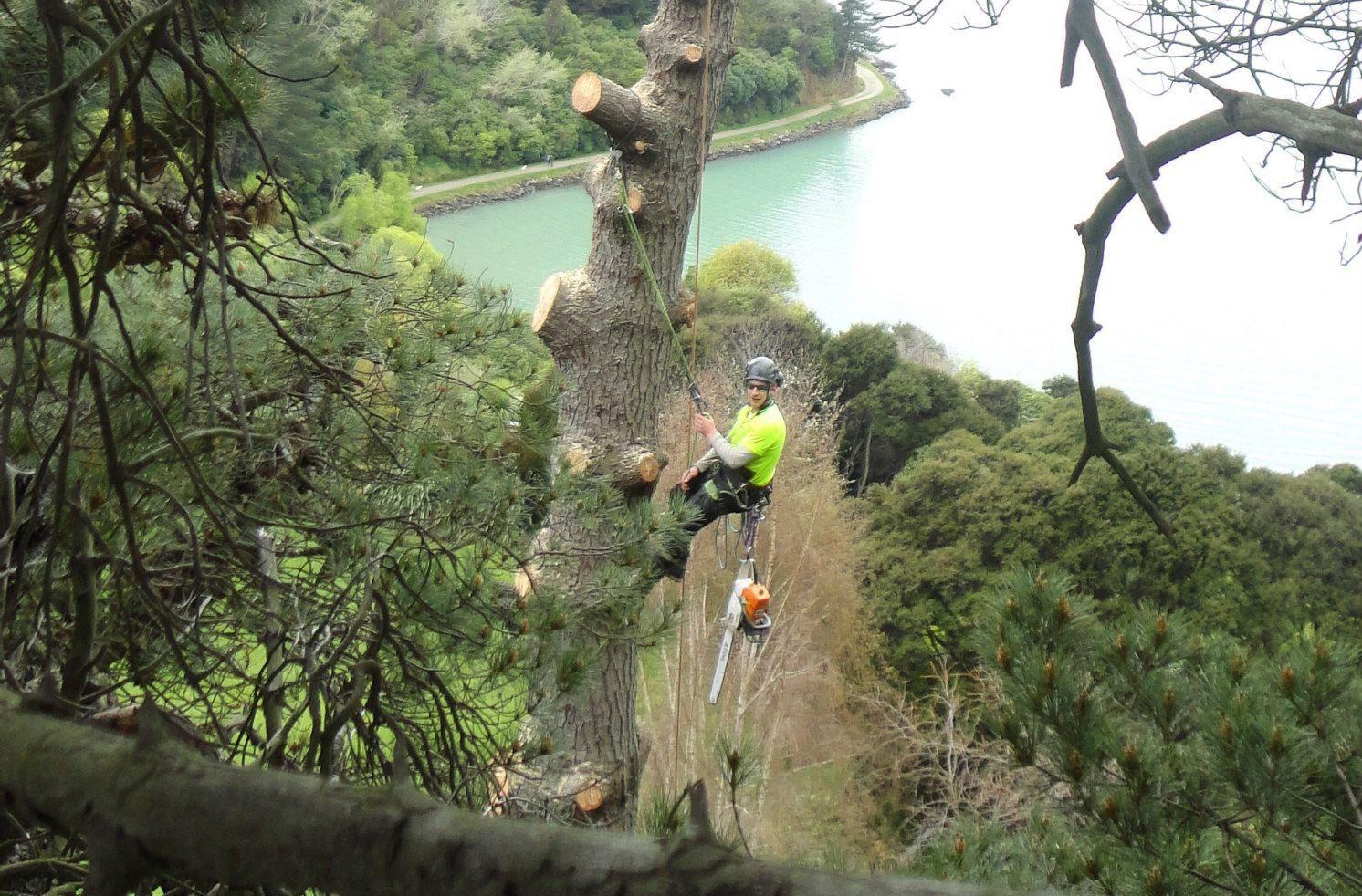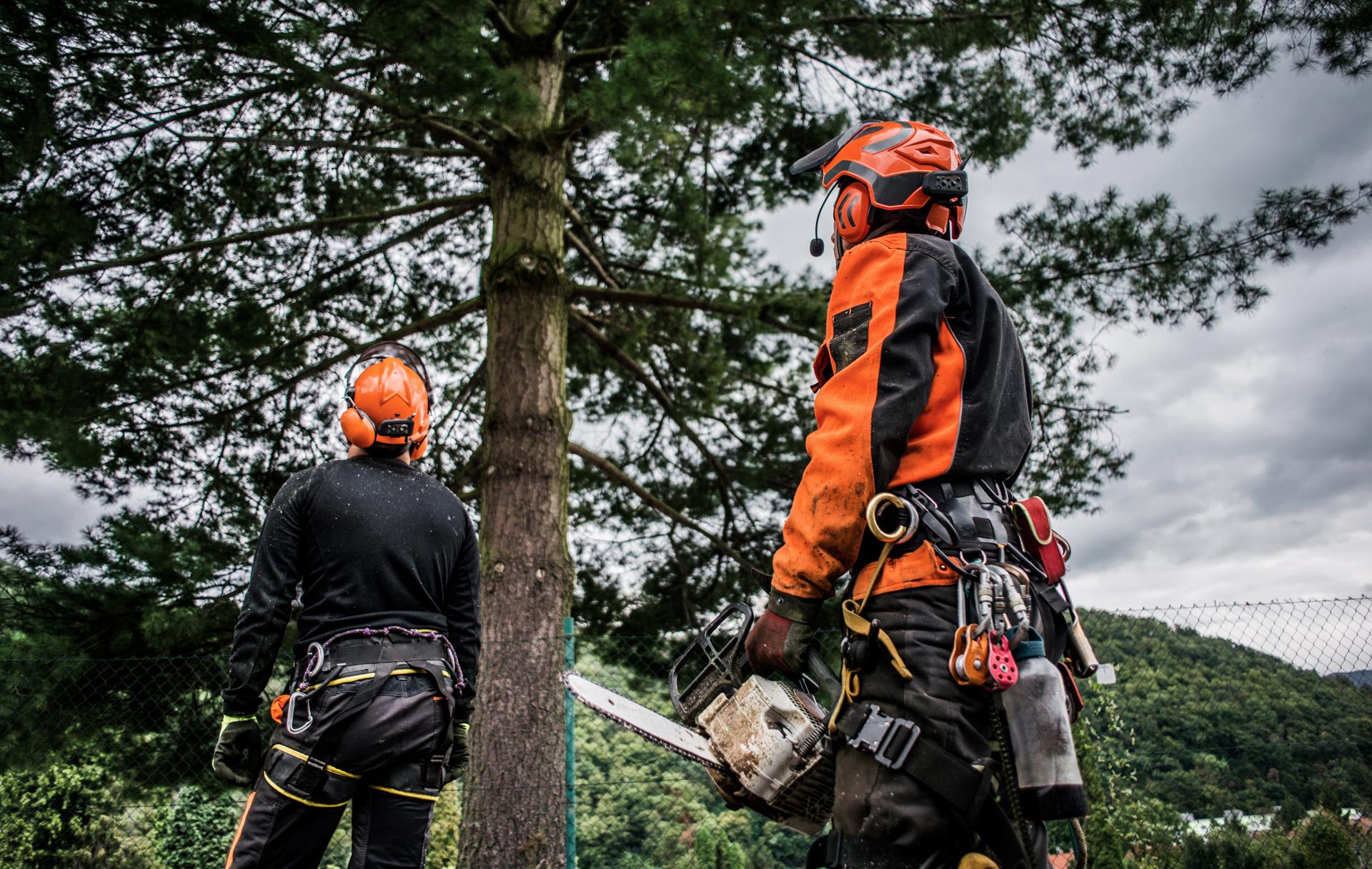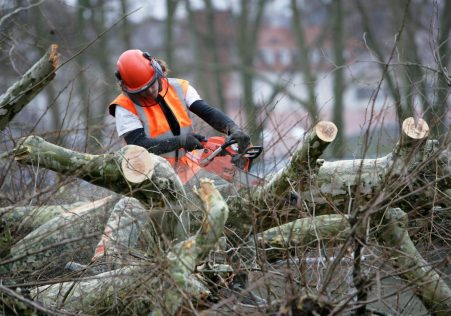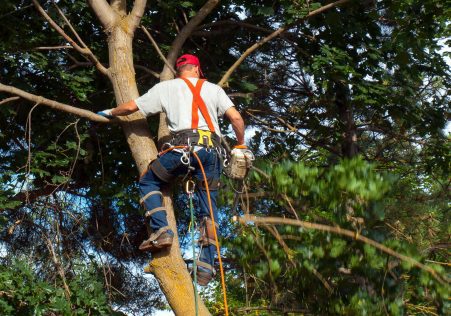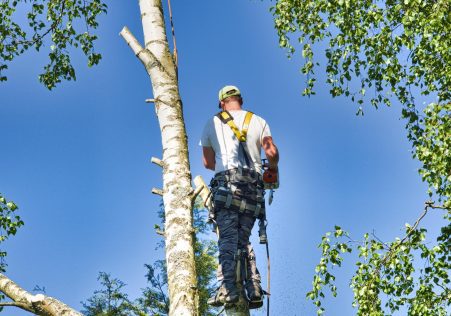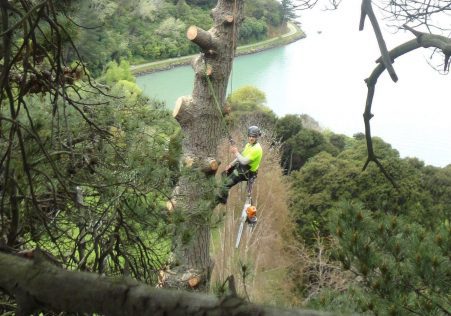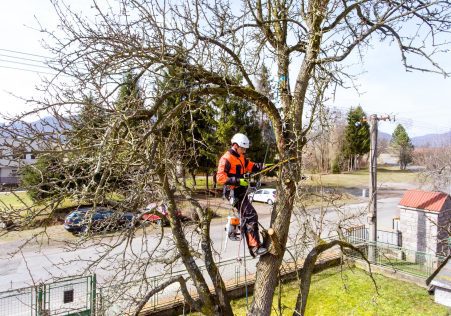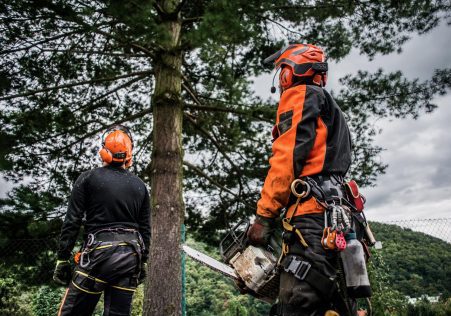The importance of protected Trees and how to recognize These Trees
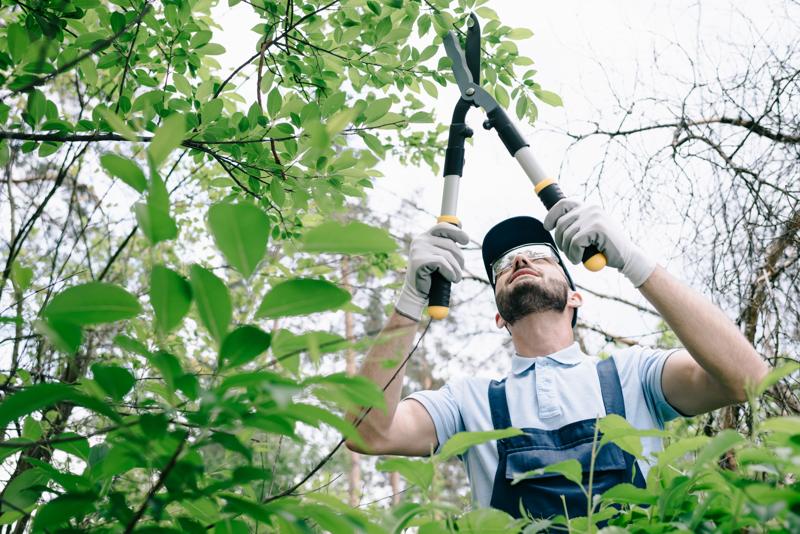
Trees play a crucial part in the environment, providing shade, clean air, and aesthetic value to our surroundings. However they are not all identical and some are granted additional protection status, making it illegal to perform any work without obtaining permission. If you’re considering having a tree removed it is essential to know the protection status of the tree you’re considering and what steps you’ll need to take to comply with the legal requirements. In this article, we will guide you through the steps to determine if the tree is protected and what you have take to be sure that you are acting within the law.
What exactly is a tree that is protected?
A protected tree has been subjected to certain legal restrictions It is illegal to do work on a protected tree without the required permissions. There are two kinds of protection a tree may have - preservation orders and protection orders.
Statutory protection
As a matter of statutory protection trees are protected by law and are in the hands of Tree Preservation Orders (TPOs). TPOs are enacted by local authorities to protect trees with a significant public value and ensure they are not damaged or destroyed.
Preservation orders
Preservation orders are similar to TPOs but are put in place through the secretary of state for the Environment. Trees with preservation orders are considered to be of exceptional worth and are therefore protected from all work, which includes the felling.
How do I know if a tree is protected?
To determine if the tree is protected, you will need to check if it is in the process of being subject to an TPO or preservation or protection order. This can be accomplished by contacting the municipal authority, and asking them to search their archives.
TPO search
To find the TPO, you can contact your local Tree or Woodland Official at your local authority. They will inform you if the tree is protected. They’ll also be able to advise you on the next steps you should follow if the tree is in a protected area.
Preservation order search
To search for a preservation permit, you must contact Secretary of State, Department of the Environment. They will be able to determine if the tree is protected and give you the necessary information and guidance.
FAQs:
What happens if I carry out work on a tree that is protected without permission?
If you do work on a protected tree without the proper permits, you could be facing substantial fines and even imprisonment.
Can I contest to a TPO and/or preservation order?
Yes, you are able to appeal an appeal of a TPO or preservation or TPO if it is unjustified. You will have be able to present evidence to back your argument and demonstrate your argument as to why you believe that the TPO or preservation order is not necessary.
Can I remove a protected tree?
It is unlawful to take down trees that are protected without the necessary permissions. If you need removal of the tree, you will need to seek permission from the council and provide evidence to support your case.
Conclusion
To conclude, knowing if a tree is protected is a vital step in ensuring that any tree work is legally completed. Understanding the different kinds of protection, and knowing how to identify them to ensure you are acting within the law and are protecting the trees in your care. If you’re not sure about the protection status of a tree, we recommend consulting a reputable tree specialist like Tree Removal Brisbane. Our team of experienced arborists will be able to inform you on the protection status of your trees, and will guide you through the required steps to ensure that you are following the laws. With our experience and dedication to providing top-quality tree care We can assist you to preserve the beauty and value for your tree. Contact us today at 0485 882 831 to schedule a consultation, and let us help you ensure that your trees are protected and healthy.

